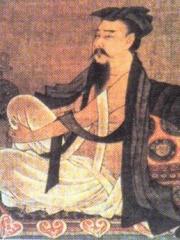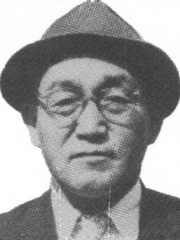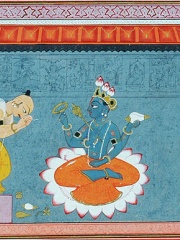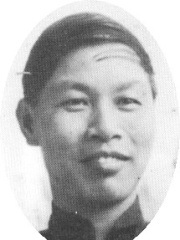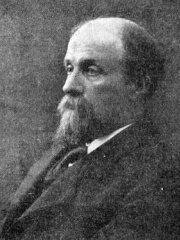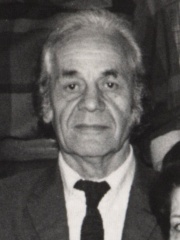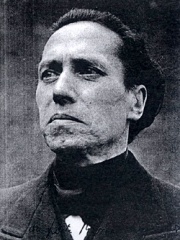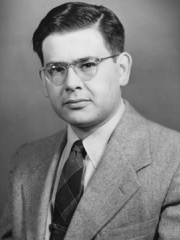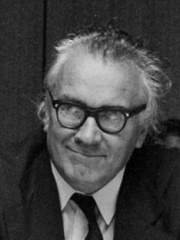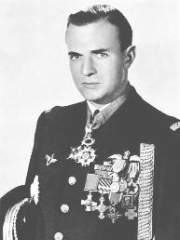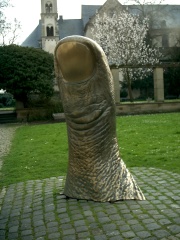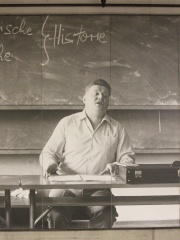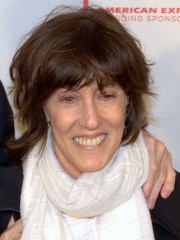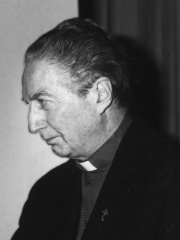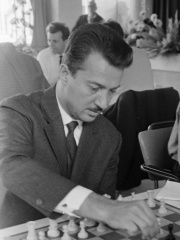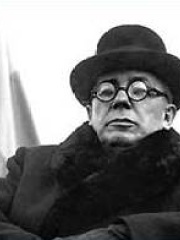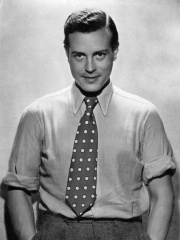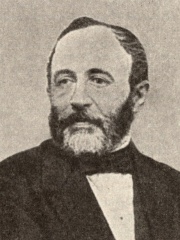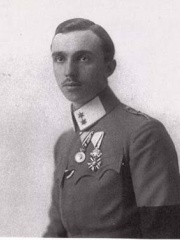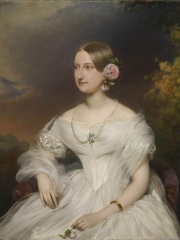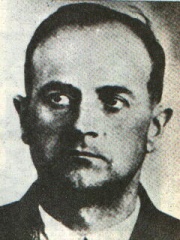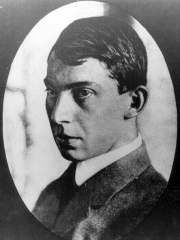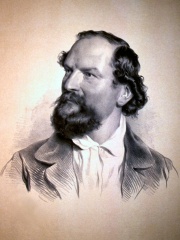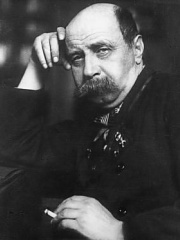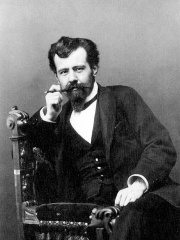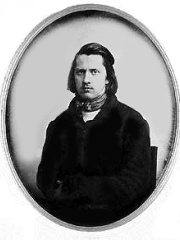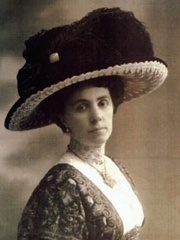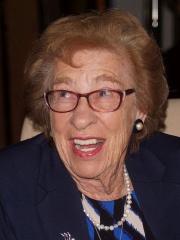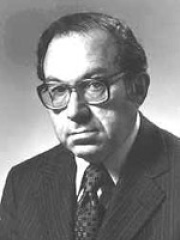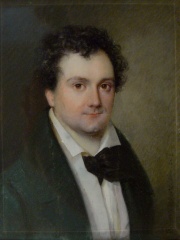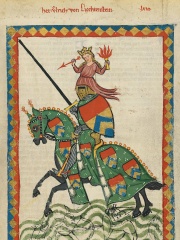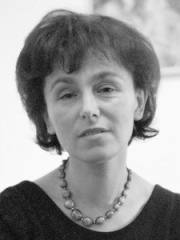WRITER
Gitta Sereny
1921 - 2012
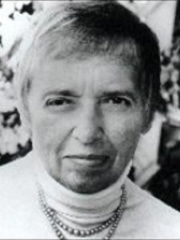
 Gitta Sereny
Gitta Sereny
Gitta Sereny, CBE (13 March 1921 – 14 June 2012) was an Austrian-British biographer, historian, and investigative journalist who became known for her interviews and profiles of infamous figures, including Mary Bell, who was convicted in 1968 of killing two children when she herself was a child, and Franz Stangl, the commandant of the Treblinka extermination camp. Born and initially raised in Austria, she was the author of five books, including The Case of Mary Bell: A Portrait of a Child Who Murdered (1972) and Albert Speer: His Battle with Truth (1995). Sereny was awarded the Duff Cooper Prize and the James Tait Black Memorial Prize for her book on Albert Speer in 1995, and the Stig Dagerman Prize in 2002. Read more on Wikipedia
Since 2007, the English Wikipedia page of Gitta Sereny has received more than 404,608 page views. Her biography is available in 28 different languages on Wikipedia (up from 26 in 2019). Gitta Sereny is the 1,914th most popular writer (up from 2,508th in 2019), the 449th most popular biography from Austria (up from 535th in 2019) and the 33rd most popular Austrian Writer.
Memorability Metrics
400k
Page Views (PV)
56.50
Historical Popularity Index (HPI)
28
Languages Editions (L)
6.29
Effective Languages (L*)
2.73
Coefficient of Variation (CV)
Notable Works
Page views of Gitta Serenies by language
Over the past year Gitta Sereny has had the most page views in the English wikipedia edition with 40,273 views, followed by French (5,580), and German (5,198). In terms of yearly growth of page views the top 3 wikpedia editions are Japanese (171.88%), Serbian (116.45%), and Piedmontese (80.00%)
Among WRITERS
Among writers, Gitta Sereny ranks 1,914 out of 7,302. Before her are Ruan Ji, György Konrád, Clark Ashton Smith, Moschus, Eiji Tsuburaya, and Surdas. After her are Watchman Nee, Juhani Aho, Nicanor Parra, Miklós Nyiszli, Thomas Wyatt, and Michel de Ghelderode.
Most Popular Writers in Wikipedia
Go to all RankingsRuan Ji
210 - 263
HPI: 56.54
Rank: 1,908
György Konrád
1933 - 2019
HPI: 56.53
Rank: 1,909
Clark Ashton Smith
1893 - 1961
HPI: 56.53
Rank: 1,910
Moschus
200 BC - 200 BC
HPI: 56.52
Rank: 1,911
Eiji Tsuburaya
1901 - 1970
HPI: 56.51
Rank: 1,912
Surdas
1478 - 1583
HPI: 56.50
Rank: 1,913
Gitta Sereny
1921 - 2012
HPI: 56.50
Rank: 1,914
Watchman Nee
1903 - 1972
HPI: 56.50
Rank: 1,915
Juhani Aho
1861 - 1921
HPI: 56.50
Rank: 1,916
Nicanor Parra
1914 - 2018
HPI: 56.50
Rank: 1,917
Miklós Nyiszli
1901 - 1956
HPI: 56.50
Rank: 1,918
Thomas Wyatt
1503 - 1542
HPI: 56.49
Rank: 1,919
Michel de Ghelderode
1898 - 1962
HPI: 56.49
Rank: 1,920
Contemporaries
Among people born in 1921, Gitta Sereny ranks 123. Before her are Ralph Asher Alpher, Stein Rokkan, Manitas de Plata, Deanna Durbin, Philippe de Gaulle, and Branko Stanković. After her are Wolfgang Borchert, Pierre Clostermann, César Baldaccini, Maurice Yaméogo, Eugenio Coșeriu, and James Whitmore. Among people deceased in 2012, Gitta Sereny ranks 104. Before her are Alfred Schmidt, Lina Romay, Andy Williams, Nora Ephron, Carlo Maria Martini, and Scott McKenzie. After her are Charles Durning, Félix Miélli Venerando, Svetozar Gligorić, Bal Thackeray, Sergio Pininfarina, and Kaneto Shindo.
Others Born in 1921
Go to all RankingsRalph Asher Alpher
PHYSICIST
1921 - 2007
HPI: 56.82
Rank: 117
Stein Rokkan
PHILOSOPHER
1921 - 1979
HPI: 56.80
Rank: 118
Manitas de Plata
MUSICIAN
1921 - 2014
HPI: 56.74
Rank: 119
Deanna Durbin
ACTOR
1921 - 2013
HPI: 56.71
Rank: 120
Philippe de Gaulle
POLITICIAN
1921 - 2024
HPI: 56.70
Rank: 121
Branko Stanković
SOCCER PLAYER
1921 - 2002
HPI: 56.65
Rank: 122
Gitta Sereny
WRITER
1921 - 2012
HPI: 56.50
Rank: 123
Wolfgang Borchert
WRITER
1921 - 1947
HPI: 56.46
Rank: 124
Pierre Clostermann
ENGINEER
1921 - 2006
HPI: 56.43
Rank: 125
César Baldaccini
SCULPTOR
1921 - 1998
HPI: 56.38
Rank: 126
Maurice Yaméogo
POLITICIAN
1921 - 1993
HPI: 56.37
Rank: 127
Eugenio Coșeriu
LINGUIST
1921 - 2002
HPI: 56.35
Rank: 128
James Whitmore
ACTOR
1921 - 2009
HPI: 56.34
Rank: 129
Others Deceased in 2012
Go to all RankingsAlfred Schmidt
PHILOSOPHER
1931 - 2012
HPI: 56.79
Rank: 98
Lina Romay
ACTOR
1954 - 2012
HPI: 56.68
Rank: 99
Andy Williams
SINGER
1927 - 2012
HPI: 56.62
Rank: 100
Nora Ephron
WRITER
1941 - 2012
HPI: 56.57
Rank: 101
Carlo Maria Martini
RELIGIOUS FIGURE
1927 - 2012
HPI: 56.57
Rank: 102
Scott McKenzie
MUSICIAN
1939 - 2012
HPI: 56.56
Rank: 103
Gitta Sereny
WRITER
1921 - 2012
HPI: 56.50
Rank: 104
Charles Durning
ACTOR
1923 - 2012
HPI: 56.38
Rank: 105
Félix Miélli Venerando
SOCCER PLAYER
1937 - 2012
HPI: 56.32
Rank: 106
Svetozar Gligorić
CHESS PLAYER
1923 - 2012
HPI: 56.32
Rank: 107
Bal Thackeray
POLITICIAN
1926 - 2012
HPI: 56.24
Rank: 108
Sergio Pininfarina
POLITICIAN
1926 - 2012
HPI: 56.22
Rank: 109
Kaneto Shindo
FILM DIRECTOR
1912 - 2012
HPI: 56.05
Rank: 110
In Austria
Among people born in Austria, Gitta Sereny ranks 449 out of 1,424. Before her are Carlo Abarth (1908), Avgustyn Voloshyn (1874), Wolf Albach-Retty (1906), Franz-Joseph Müller von Reichenstein (1740), Prince René of Bourbon-Parma (1894), and Princess Maria Carolina of Bourbon-Two Sicilies (1822). After her are Eduard Roschmann (1908), Sylvester Stadler (1910), Alexander Korda (1893), Brian Laudrup (1969), Hermann Gmeiner (1919), and Peter Johann Nepomuk Geiger (1805).
Others born in Austria
Go to all RankingsCarlo Abarth
ENGINEER
1908 - 1979
HPI: 56.63
Rank: 443
Avgustyn Voloshyn
POLITICIAN
1874 - 1945
HPI: 56.57
Rank: 444
Wolf Albach-Retty
ACTOR
1906 - 1967
HPI: 56.56
Rank: 445
Franz-Joseph Müller von Reichenstein
CHEMIST
1740 - 1825
HPI: 56.56
Rank: 446
Prince René of Bourbon-Parma
POLITICIAN
1894 - 1962
HPI: 56.55
Rank: 447
Princess Maria Carolina of Bourbon-Two Sicilies
NOBLEMAN
1822 - 1869
HPI: 56.51
Rank: 448
Gitta Sereny
WRITER
1921 - 2012
HPI: 56.50
Rank: 449
Eduard Roschmann
MILITARY PERSONNEL
1908 - 1977
HPI: 56.50
Rank: 450
Sylvester Stadler
MILITARY PERSONNEL
1910 - 1995
HPI: 56.47
Rank: 451
Alexander Korda
FILM DIRECTOR
1893 - 1956
HPI: 56.47
Rank: 452
Brian Laudrup
SOCCER PLAYER
1969 - Present
HPI: 56.41
Rank: 453
Hermann Gmeiner
RELIGIOUS FIGURE
1919 - 1986
HPI: 56.40
Rank: 454
Peter Johann Nepomuk Geiger
PAINTER
1805 - 1880
HPI: 56.39
Rank: 455
Among WRITERS In Austria
Among writers born in Austria, Gitta Sereny ranks 33. Before her are Joseph von Hammer-Purgstall (1774), Peter Altenberg (1859), Hermann Bahr (1863), Karl-Maria Kertbeny (1824), Ivana Brlić-Mažuranić (1874), and Eva Schloss (1929). After her are Raul Hilberg (1926), Pauline von Metternich (1836), Johann Nestroy (1801), Marlen Haushofer (1920), Ulrich von Liechtenstein (1200), and Ilse Aichinger (1921).
Joseph von Hammer-Purgstall
1774 - 1856
HPI: 58.40
Rank: 27
Peter Altenberg
1859 - 1919
HPI: 57.88
Rank: 28
Hermann Bahr
1863 - 1934
HPI: 57.38
Rank: 29
Karl-Maria Kertbeny
1824 - 1882
HPI: 57.20
Rank: 30
Ivana Brlić-Mažuranić
1874 - 1938
HPI: 56.85
Rank: 31
Eva Schloss
1929 - Present
HPI: 56.69
Rank: 32
Gitta Sereny
1921 - 2012
HPI: 56.50
Rank: 33
Raul Hilberg
1926 - 2007
HPI: 55.73
Rank: 34
Pauline von Metternich
1836 - 1921
HPI: 55.50
Rank: 35
Johann Nestroy
1801 - 1862
HPI: 55.30
Rank: 36
Marlen Haushofer
1920 - 1970
HPI: 54.57
Rank: 37
Ulrich von Liechtenstein
1200 - 1275
HPI: 54.56
Rank: 38
Ilse Aichinger
1921 - 2016
HPI: 54.44
Rank: 39
